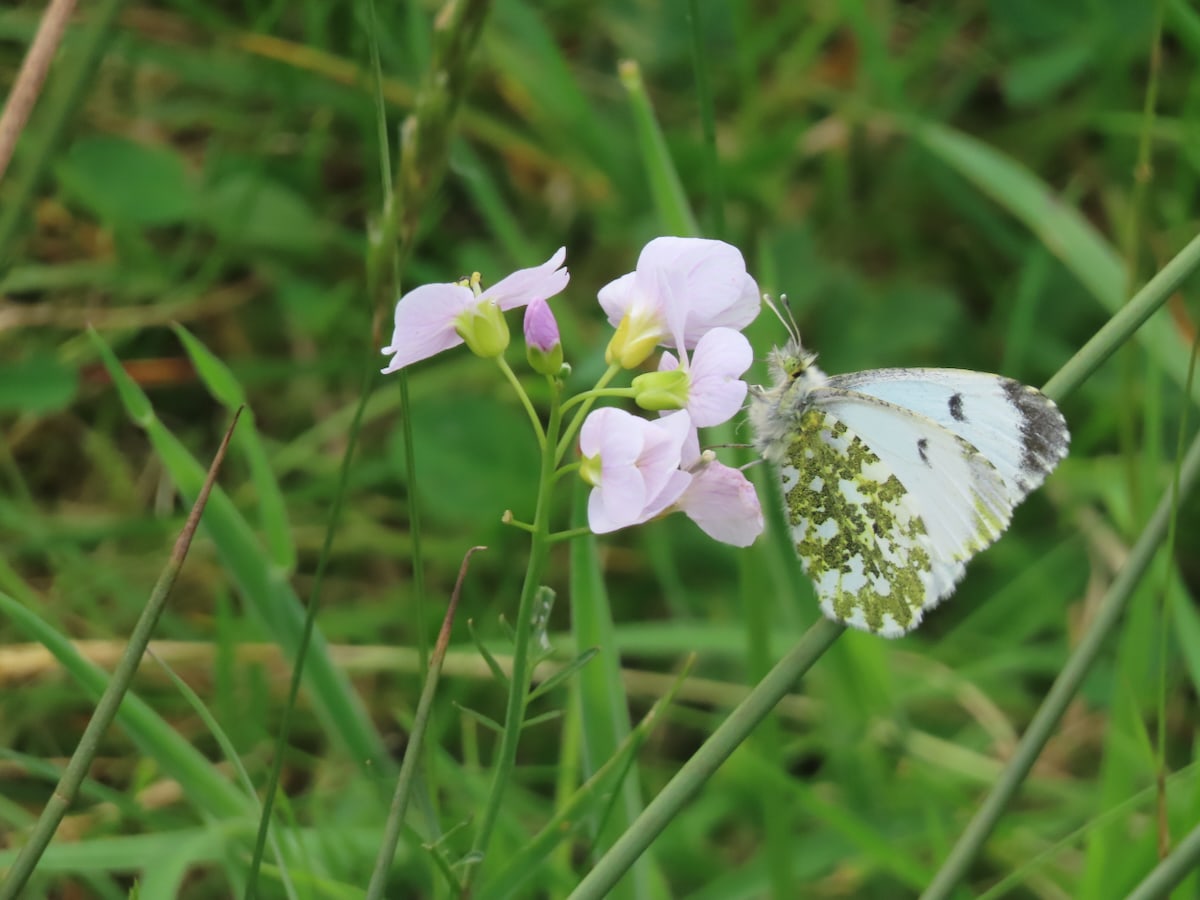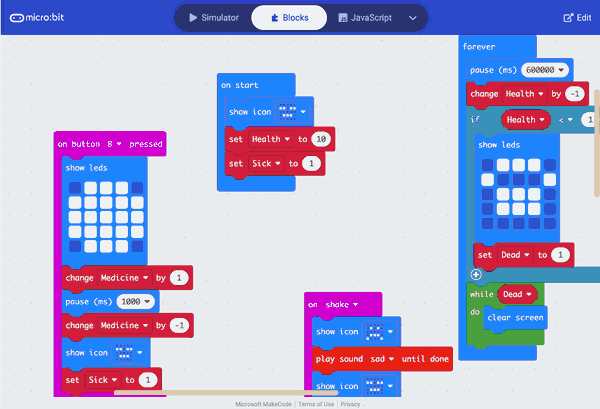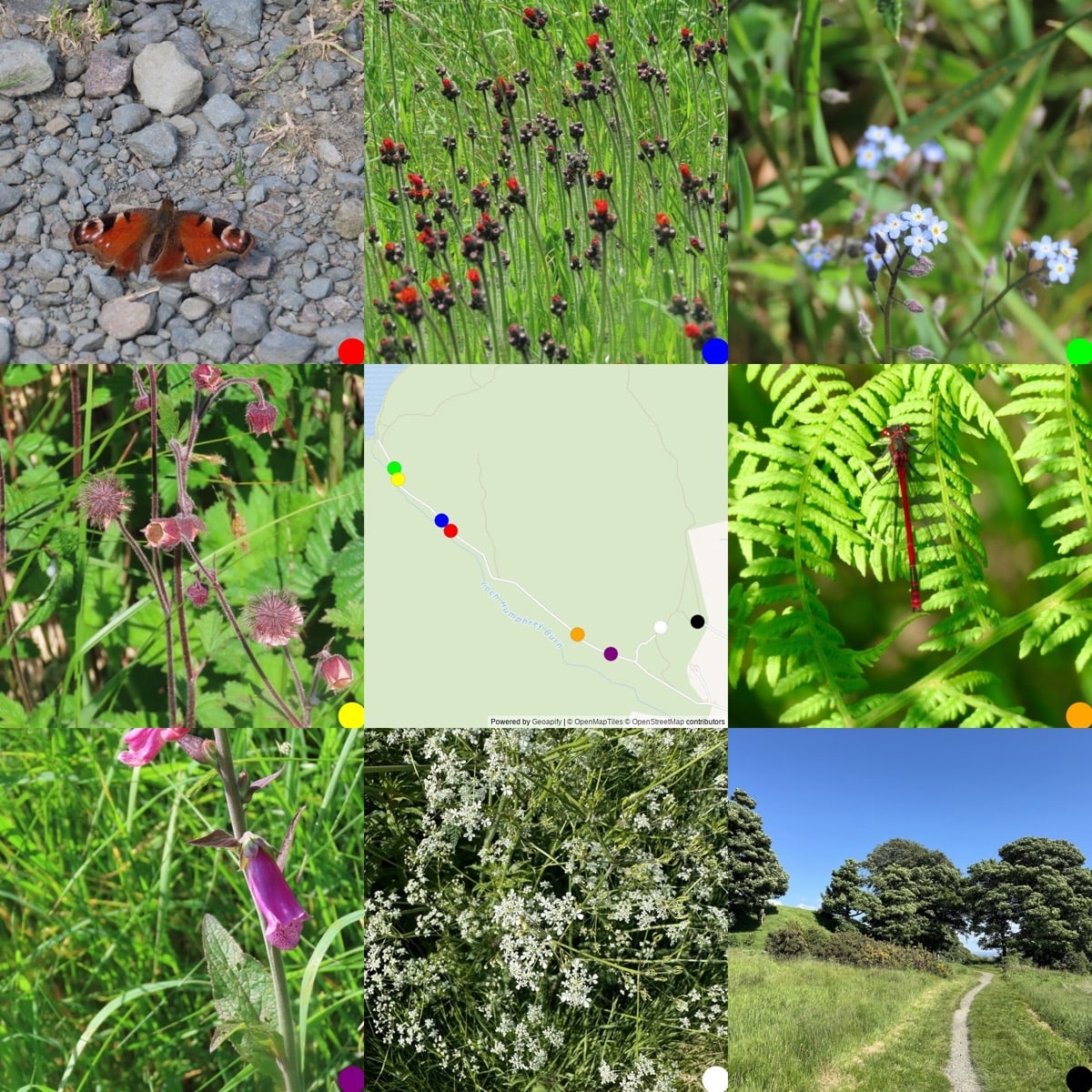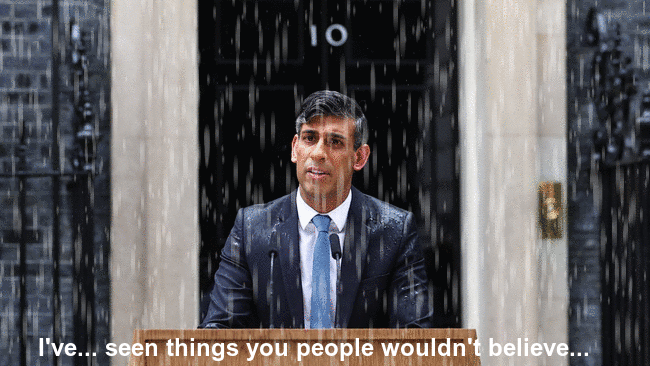Read: The Vagrants by Yiyun Li ★★★★☆ delicately written, horrifying account of lives in post Mao (just) China. There are very few moments of hope but my sympathy for the characters ran deep.
And through experience and practice that you start seeing
Martina
all of the different parts, you start seeing all of the different muscle groups, and you learn how to separate them. And this is one of the reasons why it’s not a job of strength necessarily, because when you have a sharp knife that works just right and you know where to place it, the meat just comes apart on its own, all of the different muscles. I mean, I don’t know how graphic I can get — as graphic as you like —
Okay, so you have say two pieces of muscle and inside, in between is the seam, you can cut on the top of the seam, and if you cut just right in two pieces of muscles, you can just pull it apart with your hands.
Jeremy (@jeremycherfas) this reminds me of Chuang-tzu’s Cook Ting:
I rely on Heaven’s structuring, cleave along the main seams, let myself be guided by the main cavities, go by what is inherently so. A ligament or tendon I never touch, not to mention solid bone. A good cook changes his chopper once a year, because he hacks. A common cook changes it once a month, because he smashes. Now I have had this chopper for nineteen years, and have taken apart several thousand oxen, but the edge is as though is were fresh from the thickness; if you insert what has no thickness where there is an interval, then, what more could you ask, of course there is ample room to move the edge about. That’s why after nineteen years the edge of my chopper is as thought it were fresh from the grindstone.
The Seven Inner Chapters and Other Writings from the Book ‘Chuang-tzu’ by Chuang-tzu, A. C. Graham
RSS First
I bet you could do a beautifully readable blog by just dynamically rendering its RSS feed. Why bother statically rendering the home page, month page, day page or pages for each individual post. Dynamic servers are so cheap these days.
from: Scripting News: Sunday, June 2, 2024
I wonder if this is what Dave means: almost 20 years ago, when I started podcasting with my primary school class at Radio Sandaig (Archive.org link), I didn’t really know what I was doing. At first I had created the RSS feed ‘by hand’ in a text editor then made a php page to read the feed in and create the web page. We didn’t have any day, month or even individual episode pages, just the home page. With only 30 or so episodes over 4 or 5 years this was quite manageable.

Short walk along the pipe track at Strathblane this afternoon. Quite warm and sunny. Lots of Orange Tip butterflies & a few whites around. A few more photos on flickr.
When learning about nature and wildlife, experiential outdoor sessions need to happen. We need children to play and to practice key skills so that observing and understanding birds is a key focus of our time. Over the decades , a number of outdoor educators such as Joseph Cornell, Steve Van Matre, T...
micro:bit fun and a bug

I just found this post in my drafts, last edit September 2023, the bug mentioned is still there and I think it is worth remembering the creativity shown by my class.
For the past couple of weeks, we have been working on a micro:bit project in class. One of the interesting aspects of working with a diverse group is the need to introduce new ideas and topics to the class, especially when some students already have experience in the area. This year, my class is Primary 5, 6, and 7. The Primary 7s have already had some exposure to micro:bit and other block coding environments.
I decided to focus on the virtual pets project from the makecode site for our first project. In my classroom, we use the micro:bit app on our iPads for coding, and it and the micro:bits has had a couple of useful improvements. Since the last session, the ability to download data to the iPad has been introduced, although we haven’t explored it yet, but I hope to do so soon. Another improvement is a simpler method for resetting the micro:bit when connecting via Bluetooth, making it more accessible for smaller fingers.
I introduced the topic by discussing Tamagotchi pets, which I remember being popular in my class over two decades ago. The virtual pet project is a lot simpler in comparison, with just two features: when a pet is stroked, it smiles, and when it’s shaken, it frowns.
The limited functionality left plenty of room for exploration for the 5 primary 7s with experience. Leaving plenty of time for me to make sure the others managed the basics, linking to. Micro:bit flashing code etc. I did drop the words food and health into the conversation but didn’t go any further.
We ended up having three sessions with the micro:bits and I was delighted with the results. Between them the sevens recalled variables from last year and were off. We ended up with pets needing fed to avoid death, being sick if fed too much and getting annoyed if they were petted too much. The younger pupils managed the basics and extended them in simpler ways, animating chewing and drinking or reacting to different buttons.
One primary six who had previous experience did just as well as the primary sevens, his pet had these features:
micro pets on the Banton Biggies
- Sleep
- Be happy if stroked (press logo)
- Be sad if shaken
- Die (wait long enough and don’t feed it)
- Be sick if fed to much(can be cured using b)
- Be scared (by making a noise/blowing/filling the red bar 180+)
- Be fed (using A)
- Get a health check (A+B)
The first three were part of the class instructions, taken from the make code site, the rest were pupil ideas.
Of course lots of mistakes were made along the way, but it was great to see solutions worked out, shared with neighbours and lights go on. Quite a few pupils used wee bits of free time to explore and test ideas completely independently.
On Friday we went to post on our e-portfolios about the work and embed your pets in the blogs. Editing the shortcode to do this is a bit tricky and we also ran into a problem with the simulator not embedding properly. Half the micro:bits were hidden. At first I thought this would be a problem with Glow Blogs, but later investigation showed it to be a problem with the makecode code. We workaround it by embedding the editor rather than the simulator. I do hope the makecode folk sort this out. Since it affects their documentation too I expect they will.
I continue to be a micro:bit fan and will be using them throughout the year, hopefully incorporating it into our makerspace projects too.




